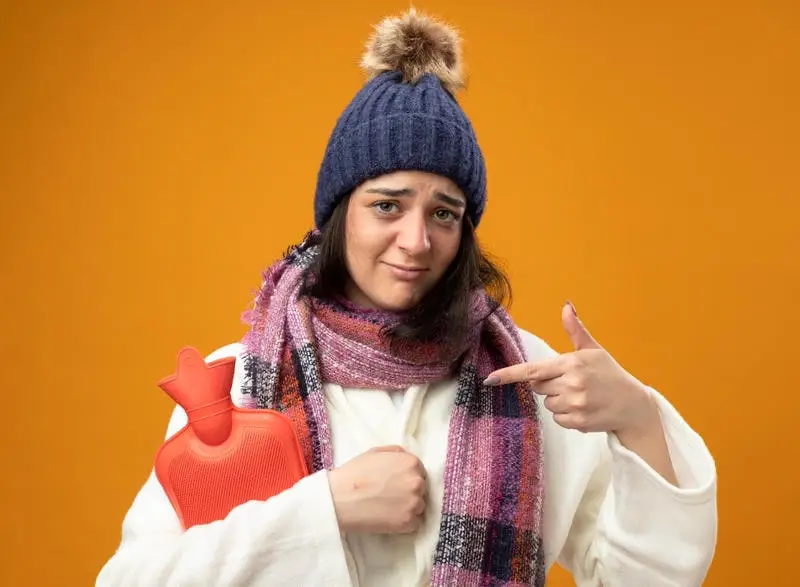- Published on: Apr 04, 2020
- 2 minute read
- By: Dr Rajan Choudhary
THE CHALLENGES FACED IN MAKING A VACCINE FOR COVID-19 — Part 2
Previously we’ve seen the difficulties researches face in trying to make a vaccine. But even if we make a vaccine, that’s just half the battle. Viruses are unique because they can mutate, and they can mutate to astonishing degrees. In humans mutations to tiny parts of our DNA can cause severe diseases or even death. In viruses mutations can change their structure, making them more infective and giving them a new coat. It gives them a survival advantage, the ability to evade our immune system and make our vaccines ineffective. This is why we need a new flu vaccine every year.
If it takes months to a year to develop a vaccine, it will be based off the virus found in December 2019. By this time the virus may have spread and mutated to such a degree that it is not effective. This does not mean all the effort was for nothing. Going through the steps and understanding the issues faced with making a COVID-19 vaccine can make the process quicker for subsequent vaccines against its mutated versions.
FAILURES FROM THE PAST
These issues were faced during the Ebola and Zika virus epidemics, and many large companies are understandably hesitant to develop vaccines for COVID-19. Ebola first broke out in 2014, and it was only in December 2019 that the first vaccine was approved for use by the European Commission and the United States. This is despite multiple large institutes in Canada and the UK working together to develop it.
13 different Ebola vaccine candidates had been identified soon after the outbreak, but none had been tested on humans. Unfortunately this is the most expensive part of development, and the area biopharmecuticals stand to loose the most money. Return on investments is also low, since epidemics usually take place in poorer countries, and the potential customers are unable to pay the high prices for these brand new treatments. It is an unfortunate realisation that research into medicines is driven by rich countries, for diseases that affect the rich.
WHERE ARE WE NOW?
This is all well and good, but what does it mean for COVID-19? We know we cannot rush a vaccine, because a poorly designed vaccine with unknown side effects can cause more harm than good, especially if given to children or the elderly. Currently the WHO are tracking 31 different attempts at making a COVID-19 vaccine, using different methods as discussed before. All of these are currently in the pre-clinical stage, focusing on isolating parts of the virus and creating a target the body will recognise and react to.
Researchers at the University of Queensland were one of the first to start using the genetic code of COVID-19, released openly by Chinese researchers. They have developed a test vaccine within 6 weeks using state-of-the-art genetic techniques, used for the first time. If animal models prove successful then human testing might begin within 6 months. In the pharmaceutical industry advancements this quick are almost unheard of.
Additionally over 293 clinical trials are taking place in China using existing drugs on the market. The advantage is we already know these drugs are safe to use in humans, but we are trying to work out if they will work against COVID-19. Some scientists are also looking at medications that were initially developed against SARS and MERS, but never completed because these outbreaks died down and the medication was no longer required.
Its not all doom and gloom. Challenges drive innovation, and we are already benefitting from this. New forms of genetic sequencing, new methods for extracting viral proteins, new techniques in creating a vaccine. These innovations are already benefitting us on the drive to create an effective vaccine for COVID-19, and they will benefit us in the future when the next pandemic hits.
Dr Rajan Choudhary, Product Manager Second Medic UK
www.secondmedic.com









